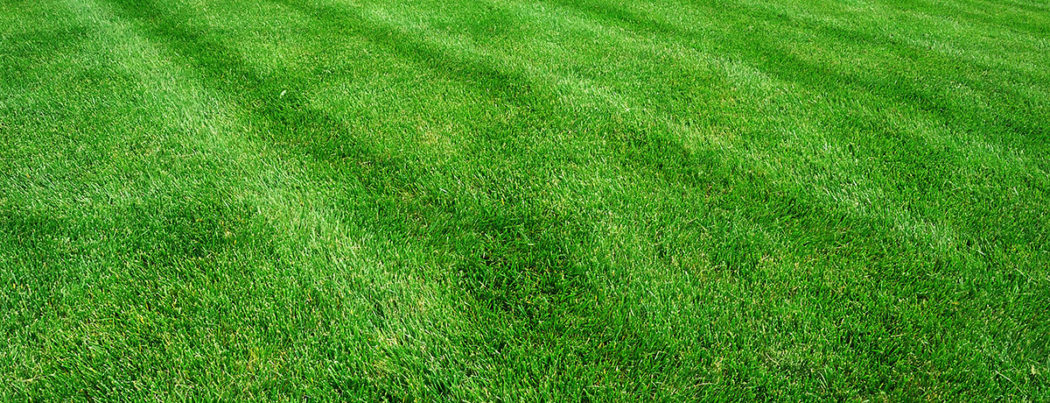We all know that house – the only one in the neighborhood with the perfectly lush lawn. It is the home that everyone is jealous of, yet you just cannot seem to grow your grass quite as shiny or as full as it. However, this year is your chance.
Get the lush lawn you have always dreamed of this year with these six tips:
1. Water Regularly
The first secret to a healthy, vibrant lawn is to water it regularly. Most lawns thrive when watered 2-3 times per week, however, overwatering can be detrimental. Consider investing in a smart irrigation system that can monitor how much water your lawn needs to keep it in peak condition.
2. Aerate Appropriately
Early September is one of the best times of year to aerate your lawn. This process brings new life to your lawn by allowing air, water and other nutrients to reach all the way down to the roots of your grass. Microorganisms in the soil feed on thatch in your soil. When you aerate, the deposited soil plugs on the top of the grass brings these microorganisms to the upper layer of thatch. This provides two layers of thatch feed, upper and lower, and thatch is controlled by this increase in microbial feeding. In this region, a lot of our soil is clay, which is prone to high compaction and poor drainage. Aeration decreases soil compaction and improves drainage.
3. Use Fertilizer
Fertilize your lawn as it starts to come out of dormancy.. Per the Kansas State University Agricultural Experiment Station and Cooperative Extension Service, local cool-season grasses like tall fescue and Kentucky bluegrass 4 to 5 pounds of nitrogen per 1000 square feet for a high-quality expectation lawn. The best time to fertilizer your lawn is in the fall, but the feedings should be spread over the entire growing season.
4. Opt for Overseeding
The best time to overseed is early September. This allows for two growing periods (fall and spring) so the new grass seedlings can develop a deeper root system for the hot temperatures of the following summer. Tall fescue is a bunch grass by nature. Meaning it will grow in segregated clumps over time. Overseeding will fill in these bare areas between clumps.
5. Invest in Pest Control
While regularly caring for your lawn’s basics will help aid in pest control, sometimes your space will need a little more attention. Depending on the type of pest taking up residence in your yard, find a solution and act fast to help minimize damage. Lawn pest are usually classified into three categories, insects, diseases, and weeds. Whenever you use a product to suppress or control these pests, it is broadly labeled a pesticide.
6. Mow properly
Mowing is also very important when it comes to your lawn’s health. Lawn care professionals have used the third rule of thumb for proper mowing heights. This third rule of thumb states never remove more than one-third of the grass blade’s length. Tall fescue and Kentucky bluegrass should not be cut shorter than 3-4 inches. The height is relative to your mower deck and is measured from a flat surface to the bottom of your lawn mowers blade.
Another great way to make sure your lawn shines this year is to partner with the experts at Austin’s Lawn Care. Our highly-trained team can help you with all of your landscaping needs, guaranteeing a beautiful lawn that all of your neighbors will be jealous of. To learn more or to begin a maintenance plan for your lawn, contact Austin’s Lawn Care at 913-422-0012 today.

